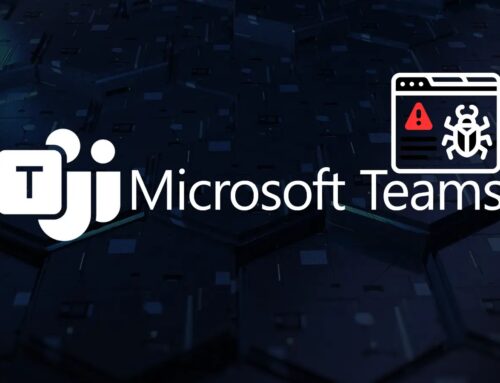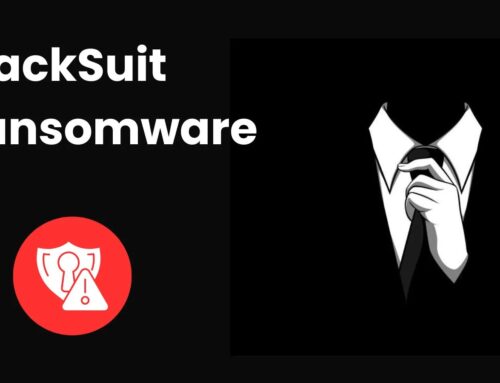
How Certificate Mismanagement Opens The Door For Phishing And MITM Attacks
Secure Socket Layer (SSL) certificates, more accurately known as Transport Layer Security (TLS) certificates, are the silent guardians of digital trust. They underpin the security of nearly every online interaction, from simple website browsing to complex API communications, internal tools, and critical CI/CD pipelines. Yet, despite their pervasive importance, the management of these certificates often falls short. Many organizations overlook their lifecycle until a critical system falters or, worse, an attacker exploits a lapse. This oversight transforms a fundamental security control into a significant vulnerability, opening wide the door for devastating phishing and Man-in-the-Middle (MITM) attacks.
The Critical Role of TLS Certificates
TLS certificates serve two primary functions: authenticating the identity of a server (or client) and encrypting data transmitted between authenticated parties. They ensure that when you connect to a website, you are indeed connecting to the legitimate site you intend, and that your data remains confidential and unaltered during transit. This foundational security is why certificates are deployed across such a wide array of applications and infrastructure components.
How Certificate Mismanagement Leads to Vulnerabilities
The problem isn’t the certificates themselves; it’s the lack of rigorous management. Several common pitfalls contribute to certificate-related security weaknesses:
- Expiration: This is arguably the most common and often overlooked issue. An expired certificate renders secure communication impossible, leading to service outages and “untrusted connection” warnings in browsers. Beyond the inconvenience, an expired certificate can allow an attacker to present a malicious, untrusted certificate without immediate user suspicion, especially in internal systems or overlooked APIs.
- Misuse and Weak Configurations: Certificates can be misconfigured in various ways, such as using weak cryptographic algorithms, insufficient key lengths, or insecure cipher suites. Furthermore, certificates issued for one purpose might be misused for another, potentially allowing attackers to impersonate legitimate services if the misuse aligns with a certificate’s valid domain names or IP addresses.
- Lack of Monitoring: Without continuous monitoring, organizations often remain unaware of certificate expirations, revocations, or unauthorized issuance. This blind spot gives attackers ample opportunity to exploit vulnerabilities before they are detected.
- Inadequate Revocation Mechanisms: When a private key is compromised, the associated certificate must be immediately revoked. Failure to do so allows attackers to continue impersonating the legitimate entity, even after the compromise is discovered. Many organizations lack robust processes for certificate revocation list (CRL) checking or Online Certificate Status Protocol (OCSP) stapling, leaving them exposed.
The Threat Landscape: Phishing and MITM Attacks
Certificate mismanagement provides fertile ground for two particularly insidious types of attacks:
Phishing Attacks
While traditional phishing often relies on deceptive emails and convincing fake login pages, sophisticated phishing campaigns can leverage compromised or misissued certificates. Imagine an attacker obtaining a legitimate-looking certificate for a domain similar to your bank’s or your company’s internal portal. Users, seeing the padlock icon in their browser, might assume legitimacy, even if the domain is slightly off. This significantly enhances the credibility of phishing attempts, social engineering users into divulging credentials or sensitive information. An example could be CVE-2021-34499, where vulnerabilities in certificate validation processes could contribute to the success of such advanced phishing tactics.
Man-in-the-Middle (MITM) Attacks
MITM attacks intercept communication between two parties who believe they are communicating directly. With certificate mismanagement, an attacker can position themselves in the middle of a communication, presenting a fraudulent or expired certificate to one party and another to the other. If one or both parties fail to properly validate the certificates, the attacker can decrypt, read, modify, and re-encrypt traffic without detection. This is particularly dangerous for internal APIs, cloud services, and IoT devices where certificate validation might be less stringent, or where a compromised Root CA or sub-CA (as seen in some state-sponsored attacks) can issue malicious, trusted certificates. CVE-2022-44675, though related to a specific software vulnerability, highlights the broader potential for MITM if certificate validation is bypassed or weak.
Remediation Actions: Fortifying Your Certificate Management
Effective certificate management is not a luxury; it’s a security imperative. Organizations must adopt a proactive, lifecycle-based approach to secure their digital infrastructure.
- Centralized Certificate Inventory: Maintain a comprehensive inventory of all TLS certificates, including their issuance date, expiration date, issuing CA, associated applications, and responsible teams. This single source of truth is fundamental.
- Automated Expiration Alerts: Implement automated systems to alert relevant teams well in advance of certificate expiration. This provides ample time for renewal without risking service disruption or security gaps.
- Regular Health Checks and Audits: Periodically audit certificate configurations, ensuring strong cryptographic practices are enforced. Check for weak ciphers, outdated protocols (e.g., TLS 1.0/1.1), and insecure key lengths.
- Strict Validation Policies: Enforce strict certificate validation policies across all applications and services. This includes validating certificate chains, checking revocation status (CRL/OCSP), and ensuring domain name matching.
- Automated Certificate Issuance and Renewal: Leverage Certificate Management Platforms (CMPs) or Public Key Infrastructure (PKI) solutions that offer automated certificate issuance, renewal, and deployment. This reduces manual errors and ensures consistent security policies.
- Key Management Best Practices: Securely store private keys. Use Hardware Security Modules (HSMs) or robust key management systems to protect against unauthorized access and compromise.
- Incident Response Plan for Certificate Compromise: Develop and regularly test a specific incident response plan for certificate compromise scenarios. This plan should detail steps for revocation, re-issuance, and system updates.
Tools for Robust Certificate Management
Implementing effective certificate management is significantly aided by specialized tools. These tools help automate discovery, monitoring, and even renewal processes.
| Tool Name | Purpose | Link |
|---|---|---|
| Certbot | Automates obtaining and renewing Let’s Encrypt SSL/TLS certificates. | https://certbot.eff.org/ |
| OpenSSL | A robust, commercial-grade toolkit for TLS/SSL protocols and a general-purpose cryptography library. Useful for certificate inspection. | https://www.openssl.org/ |
| Keyfactor Command | Enterprise-grade PKI and certificate lifecycle management platform. | https://www.keyfactor.com/products/keyfactor-command/ |
| Venafi Trust Protection Platform | Comprehensive machine identity management and security automation. | https://www.venafi.com/products/tpp/ |
| SSL Labs Server Test | Analyzes the configuration of any SSL/TLS web server. | https://www.ssllabs.com/ssltest/ |
Conclusion
The assumption that TLS certificates “just work” until something breaks is a dangerous fallacy. Certificate mismanagement creates critical security gaps that proactive attackers are quick to exploit. By prioritizing robust, automated certificate lifecycle management, organizations can significantly reduce their attack surface, protect against sophisticated phishing and MITM attacks, and maintain the integrity and confidentiality of their digital communications. This commitment to meticulous certificate hygiene is not merely a technical task; it’s a strategic imperative for foundational cybersecurity.





